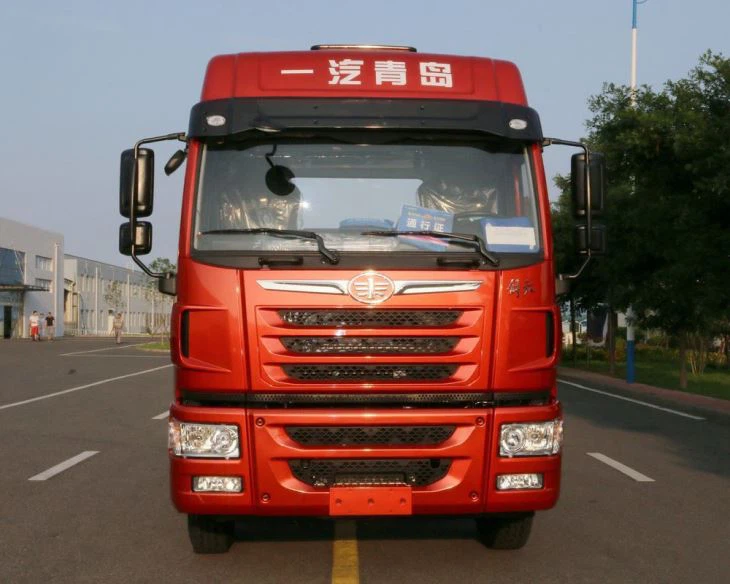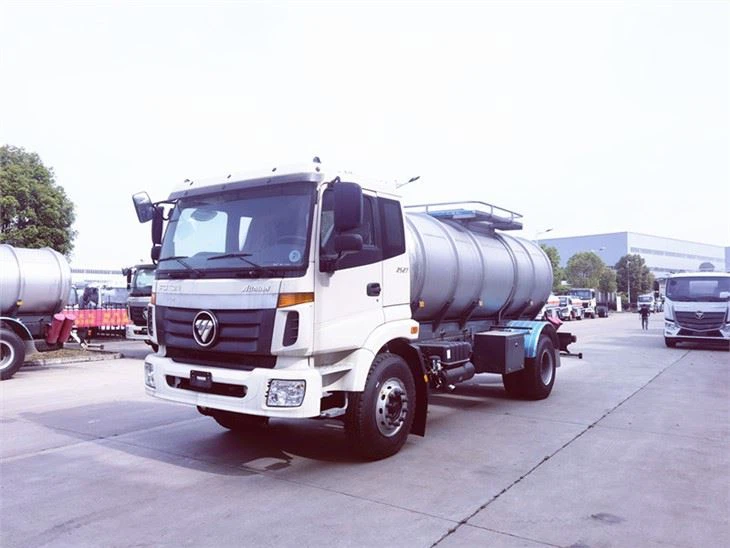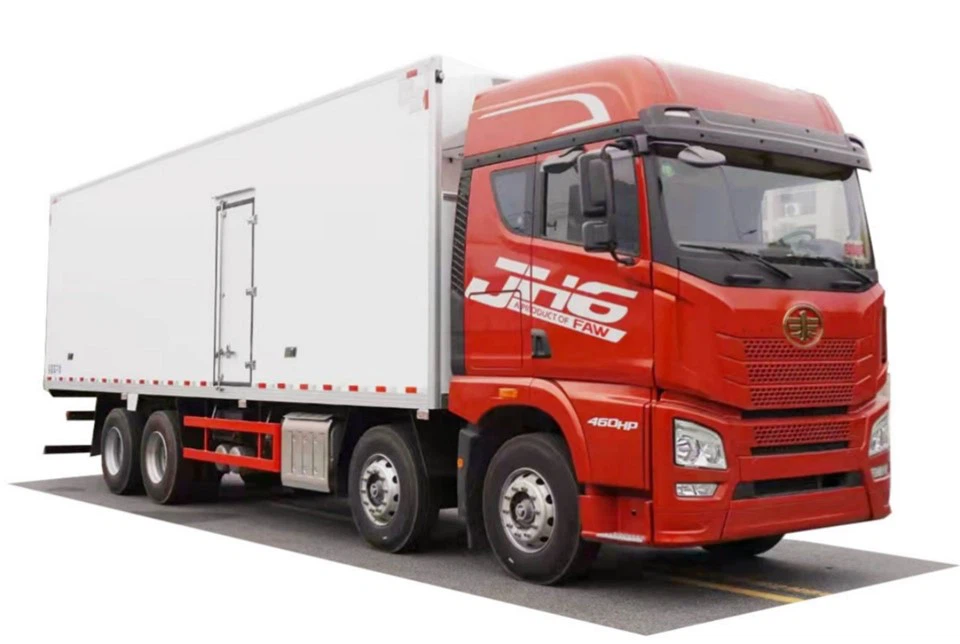Crew Cab vs Extended Cab Chevy: Which One Should You Choose?

The choice between a crew cab and an extended cab can make a significant difference when it comes to comfort, utility, and style in your Chevy truck. Both options offer unique benefits, but understanding the differences can help you make a more informed decision that fits your lifestyle. In this comprehensive article, we will explore the key characteristics, advantages, disadvantages, and real-world applications of both crew cab and extended cab Chevys. We will also address some frequently asked questions to further assist you in your decision-making process.

What is a Crew Cab?
A crew cab is a type of truck cab that provides maximum passenger space. Typically, a crew cab has four full-size doors and a spacious back seat area. This configuration is ideal for families, work crews, or anyone who values passenger comfort and easy access to the rear seats.
Key Features of Crew Cabs
- Seating Capacity: Crew cabs generally seat up to six or seven passengers comfortably.
- Interior Space: Providing ample legroom and headroom, crew cabs are designed with comfort in mind.
- Accessibility: The four full-size doors allow easy entry and exit for passengers in the front and back seats.
Advantages of Crew Cabs
- Maximum passenger capacity and comfort.
- Ideal for families and groups.
- Versatile for both personal and professional use.
Disadvantages of Crew Cabs
- Generally heavier and larger, which may impact fuel efficiency.
- The large size may make parking in tight spaces more challenging.
What is an Extended Cab?
An extended cab is a hybrid between a regular cab and a crew cab, catering to those who need a bit more space while not sacrificing overall vehicle size. Extended cabs usually feature two smaller rear doors and additional seating, but they typically offer less room than crew cabs.
Key Features of Extended Cabs
- Seating Capacity: Extended cabs can accommodate up to five or six passengers.
- Smaller Rear Doors: The rear doors are smaller and may only open partially, making rear seat access less convenient.
- More Bed Space: Extended cabs often allow for larger truck beds due to their compact size.
Advantages of Extended Cabs
- More compact size makes them easier to maneuver and park.
- Offers a balance between a full-size truck and a more compact vehicle.
- Usually less expensive than crew cabs.
Disadvantages of Extended Cabs
- Less rear-seat space and comfort compared to crew cabs.
- Access to the rear seats can be less convenient due to smaller doors.
Crew Cab vs Extended Cab: Comparison Table
| Feature | Crew Cab | Extended Cab |
|---|---|---|
| Seating Capacity | Up to 6 or 7 | Up to 5 or 6 |
| Accessibility | 4 full-size doors | 2 smaller rear doors |
| Interior Space | More legroom and headroom | Less spacious rear seats |
| Bed Space | Shorter bed options | More options for longer beds |
| Ideal Usage | Families, groups | Work, utility |
| Price | Generally more expensive | Usually less expensive |
Choosing the Right Cab for Your Needs
When deciding between a crew cab and an extended cab Chevy, consider your specific needs and preferences.
1. Passenger Capacity
If you frequently travel with friends or family, a crew cab may be the best choice due to its spacious seating arrangement. Conversely, if you need occasional extra seats or are mostly driving solo, an extended cab might suffice.
2. Cargo Space
For those who prioritize cargo space over passenger room, an extended cab often provides a more extensive truck bed, which can be beneficial for hauling equipment or materials.
3. Budget
If you’re on a budget, an extended cab is typically more affordable, both in terms of the purchase price and insurance costs. Evaluate your financial situation to determine what’s best for you.
4. Driving Environment
Consider where you will mainly drive your Chevy. Crew cabs may be better for urban environments where you need to transport more passengers, while extended cabs are advantageous for rural areas or work sites requiring extra cargo space.
5. Lifestyle and Activities

Your lifestyle can also play a significant role in your choice. If you are heavily into outdoor activities and need to carry multiple passengers and gear, a crew cab would be practical. On the other hand, if you need a work truck primarily for transporting tools and materials, consider an extended cab.
Practical Tips for Owners of Crew and Extended Cabs
1. Maintenance and Care
Regardless of your choice, regular maintenance is key. Ensure timely oil changes, tire rotations, and regular inspections to keep your Chevy running smoothly.
2. Interior Upgrades
Personalize the interior of your truck to increase comfort. Consider seat covers, floor mats, and organizers to improve the functionality of your crew cab or extended cab.
3. Safety Features
Look for models equipped with advanced safety features, such as lane-keeping assist, blind-spot monitoring, and rear cameras. They can greatly enhance the driving experience and provide more security for families.
4. Bed Accessories
If you opt for an extended cab, consider investing in bed accessories like bed liners, toolboxes, or tonneau covers to enhance utility and protect your truck bed.
FAQs About Crew Cab and Extended Cab Chevys
1. What is the main difference between a crew cab and an extended cab?
The primary difference lies in passenger space; crew cabs provide more room and comfort for rear passengers, while extended cabs offer additional storage space at the expense of rear passenger comfort.
2. Are crew cabs more expensive than extended cabs?

Yes, generally speaking, crew cabs are more expensive than extended cabs due to their larger size and increased passenger capacity.
3. Which cab type is better for families?
A crew cab is typically better for families because of its spacious back seat area and easy access through four full-size doors.
4. Can I fit tall people in an extended cab?
Yes, but it might be less comfortable compared to a crew cab, which offers more headroom and legroom.
5. Is it possible to tow with both cab types?
Yes, both crew cabs and extended cabs are capable of towing, but the towing capacity will depend on the truck’s engine and specific configuration.
6. Which cab type has a larger truck bed?
Extended cabs often have a larger truck bed available due to their more compact design, allowing for options with longer beds compared to some crew cab configurations.
